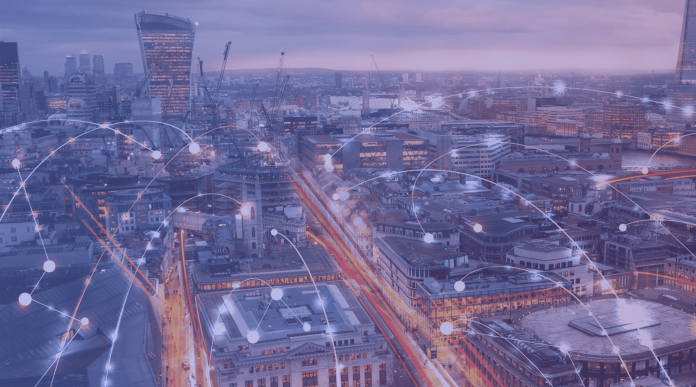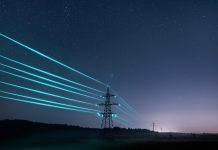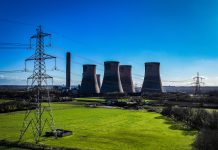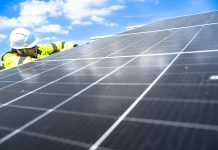Matthew Roderick, CEO of n3rgy, explains why smart meters and the data within them are key to controlling and storing green renewable energy
Simply put, all energy systems across the world have been built to reliably provide energy to billions of homes and businesses. Historically these systems have been based on the most energy-dense, plentiful and controllable sources of energy, fossil fuels. This is because, using very simple technology, coal (for example) has a relatively easy process to extract, store and control its conversion into electricity. A process that has been used for well over a century to balance the demand for electricity with its supply. Over this time oil, gas and nuclear have also entered the energy mix and all have this single common factor, their conversion to energy can be controlled, increasing generation in times of high demand, and reducing generation during lows. Be this in massive scale electricity generation facilities or the gas boiler providing heating and hot water in your home.
However, over the last half a century or so we have come to understand that the vast majority of these energy sources have a darker side, the side that harms our natural world, firstly through air pollution and environmental damage; and, most recently, climate change. To combat these issues the task of converting our energy system to green and renewable sources has begun and electricity has been selected as the primary means of energy distribution as it is the only viable carbon-free form of energy.
But renewable energy, by its very nature, is far more difficult to control, electricity generated by wind turbines is not available on a windless day and solar panels will not produce energy at night so we must find a way of storing this energy for when it is needed and changing the times we consume it to co-inside with its generation.
Most energy markets have, for many years, priced wholesale energy based on supply and demand, but all markets have “normalised” these changing energy prices to provide simplicity and predictability to consumers. In the UK we have split the day into 48 periods (half an hour each) and energy prices can vary enormously between each period based on the availability of supply versus the scale of demand. Cost increasing during the highest demand periods to hundreds of pounds per MWh or reducing to pennies during the lowest periods.
Furthermore, due to our transition to renewable energy we are now more frequently seeing negative pricing of energy when supply is far greater than demand (for instance on windy, sunny days weekends when generation is high, but many factories and homes demand less energy.)
With this in mind, we must all now start to understand the new energy paradigm, the paradigm where demand must now match supply rather than supply match demand.
How can demand meet supply?
It is not simple and there are enormous efforts to firstly implement degrees of control at the generation point. The angle of the blades of a wind turbine can be changed, reducing its speed and therefore power output. Sections of solar farms can be disconnected, again reducing its power output on sunny days.
Beyond this, a great deal of focus is being placed on “grid level” storage. Hydro stations have for some time pumped water up mountains during times of high supply ready to be released later, generating energy in times of high demand and more recently industrial scale batteries are being used to store far more energy in a smaller footprint.
However, all of these things will add significantly to the cost of a unit of energy, often the cost of storage will be more than the cost of generation. Both the capital asset cost and operational cost and profits for these dedicated storage facilities are set to run into billions.
There is also a second, geographical dimension to energy, it will also always be cheaper for that same unit of energy to be taken from a closer source of generation, as this reduces load (and therefore cost) for the transmission and distribution networks and also reduces the technical losses (energy lost while travelling through miles of cabling and through conversion during its transmission). Therefore, the cheapest (and cleanest) possible source of energy is from the solar panels on your own property’s roof or the wind turbine installed in your grounds.
A call to action
Whether you are a consumer, business owner or public body it is now your opportunity, no, responsibility, to truly understand the way you consume electricity. Not only how much you consume but also when this is consumed. Knowing your energy consumption and working on ways to reduce it has always been the most effective way to reduce your energy costs and carbon footprint. But now, knowing when you use it has become just as important for the reason stated above.
A smart meter is the simplest and most effective mechanism to not only record how much but also when energy is used. And smart meters, in the vast majority of countries are already being rolled out and are typically free to the end-user.
n3rgy provides you access to your energy data held within your smart meters and the smart meters across your property estate, business and residential.
Accessing this data is the first and most important step in your journey to a low carbon, low-cost energy future.
For more information visit our website, data.n3rgy.com, or contact me on the details below.
Please note: This is a commercial profile











